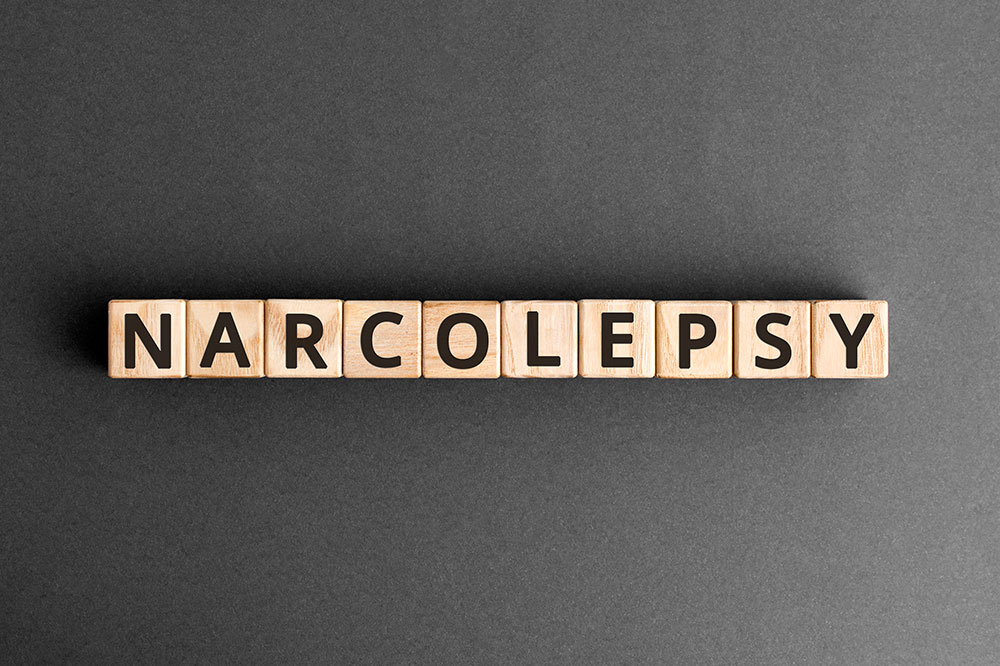
3 ways to manage narcolepsy
Narcolepsy is a health condition in which the person falls asleep unexpectedly at any time during the day, even while driving or working. Another condition that commonly co-occurs with narcolepsy is cataplexy. This causes involuntary muscle paralysis, which is usually triggered by strong emotions. To give an example, someone may be laughing hysterically and suddenly be unable to move some body parts. However, this episode lasts only for a few moments and is then suddenly followed by the person falling asleep. Let’s look at some options that can help manage narcolepsy.
Understanding your sleep cycle
Since this is a condition that has no cure available, one of the best ways to manage it is to understand your body’s sleep cycle. Making sure of a healthy sleep pattern can allow you to work around it. You can make arrangements to rest during the day around lunchtime and if you are at work, maybe take a quick power nap before driving back home to avoid any accidents. It’s important for adults to find a workplace that will be understanding of their condition and could even maybe grant a permanent work from home position.
For children, a condition like this can be wrongly assumed as being lazy. However, parents can have a detailed conversation with the school to explain this condition and how teachers and other students can be empathetic.
Vitamin D
According to studies, those suffering from narcolepsy are generally found to have a vitamin D deficiency which is linked to fatigue. A simple measure of increasing sun exposure early in the morning can help in the increase of vitamin D, improving health and the need to sleep to recover from fatigue.
Apart from direct sunlight, you may also take vitamin D supplements which will further help eliminate this deficiency. When the body is not fatigued, it is less likely to experience the symptoms of this condition.
Regular exercise
A light to moderate workout module can be beneficial to manage the symptoms of narcolepsy. Regular exercise has proved to improve sleep quality and even releases happy hormones. Activities that are not too strenuous, like yoga or walking, or even Pilates, can be helpful. Make sure that you choose an activity that is safe in case you have an episode during your workout. Since narcolepsy often co-occurs with cataplexy, make sure that intense emotions during a workout might lead to muscle paralysis for a few moments.


